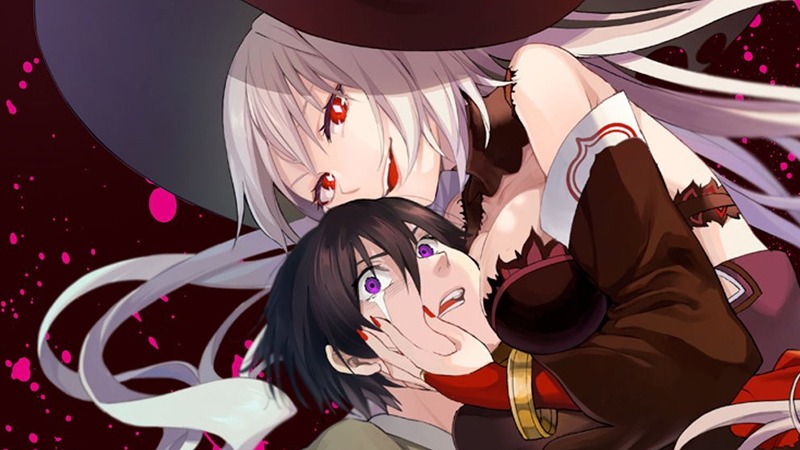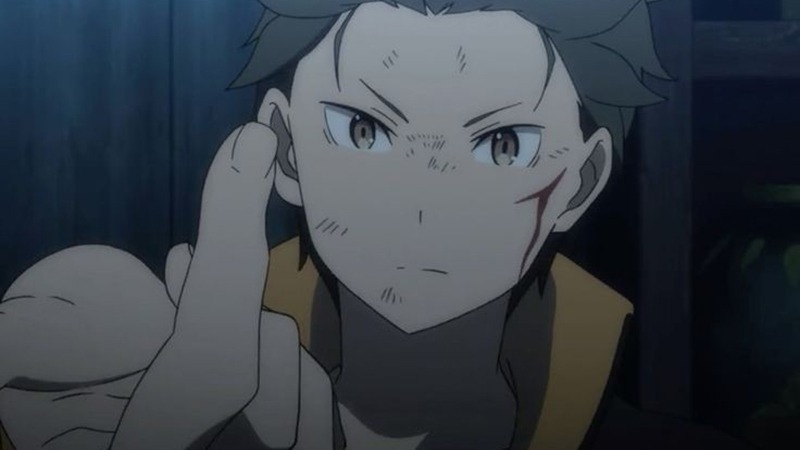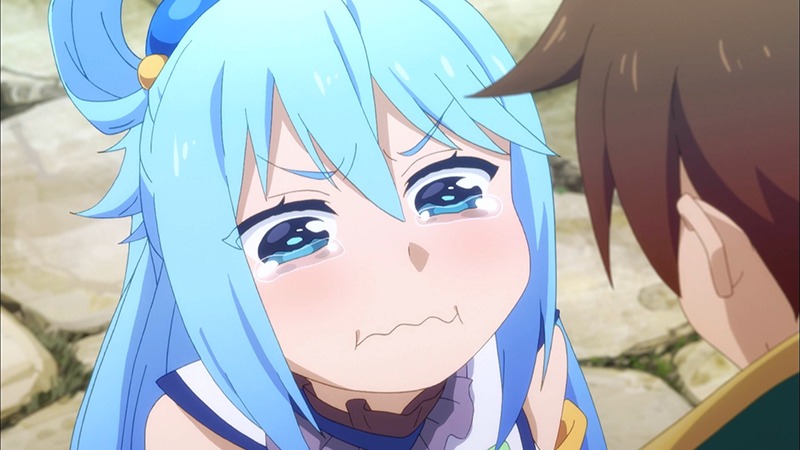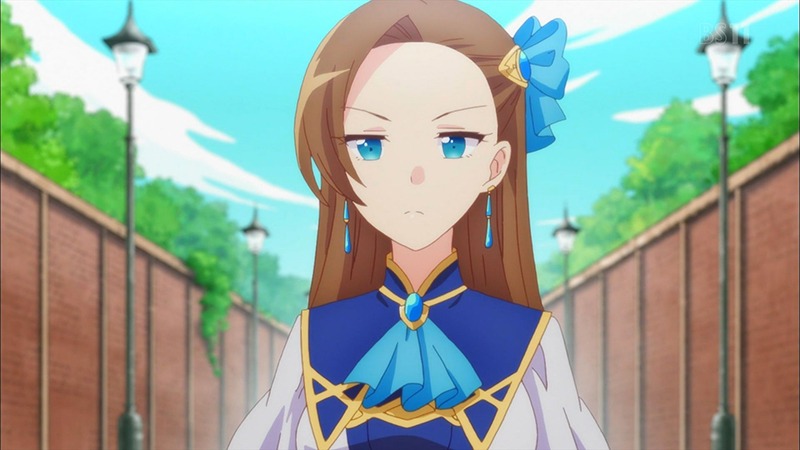
For a hot second, Kakegurui creator Homura Kawamoto had us curious with the promise of Isekai Tenseisha Goroshi: Cheat Slayer. The manga, which purported to be full of all sorts of sexy scary bad times, made it one chapter before it got cancelled. The reason was clear: Kawamoto flew too close to the sun for publishers’ and creators’ comfort. But did it have to be this way?
Whether or not anyone specifically likes the concept, there are absolutely ways it could have cleared the bar. We’re likely past that point forever. But just for the sake of argument, here are some ways the manga could have prepared itself to persevere.
Rethinking Parody Characters

The primary issue with Cheat Slayer was, without a doubt, the cast of villains. Each was based closely on a popular isekai protagonist on the scene — like, really closely. For example, there was a “Looper” named Honda, a clear send-up of Subaru Natsuki from Re:ZERO. (Points for that name, though.) Each was a deliberate, “we have isekai at home” one-off. And while that was clearly the point, it was also tailor-made to bring down hell.
So how do you accomplish “recognizable cheat isekai heroes” without going one-to-one? Cross characters over. Consider a Subaru/Naofumi mash-up who feels hard done by. A Tanya/Rimuru mash-up, looking small and defenseless but harnessing tons of magic. Copyright-safe but recognizable characters could very well lie at those sorts of intersections.
Varying up Your Atrocities

Cheat Slayer wastes no time in proving that their “Reincarnated” class is Just Plain Bad. How? They torch a village, break a guy’s neck, and then… er. Do things to the protagonist’s childhood sweetheart. There are no middle sliders here. These guys are just scum. And there’s nothing wrong with villains who are just scum. But there are more than two bad crimes out there.
Putting more horrors in your villains’ bag of tricks serves a few purposes. It actually makes them scarier, for one thing. It’s all well and good (or bad) for your baddies to be absolutely horrifying. But they’re even more horrifying if you give them the capacity for creativity in their atrocities. Plus, it stops the reader from becoming numb to your characters’ crimes. Because yes, that’s a thing that can happen. And when you’ve burned up the Big Two Felonies to a point that no one cares anymore, there aren’t a lot of places to go.
An Opportunity Missed

Weirdly, Cheat Slayer has (or had) the capacity to be pretty insightful. The isekai subgenre is very full. And the tendency to stack characters with cheat-mode powers is only getting stronger. Perhaps this is the way the manga was going, perhaps not. But it would have been interesting to see a manga that shows awareness of genre tropes and where they fall flat.
If the entire intent of the manga was just “I want to watch these characters be evil and then die,” that’s one thing (a weird thing, but one thing). But offering a more up-front chance to be a take (or even a simple dunk) on the state of isekai entertainment would have grounded the story more. Why do we just decide these characters will do fine with god powers? Are we sure the story we get isn’t highly biased? Those points are raised early on, but are quickly drowned out.
In short: rethink character creation to be characters with the scope of multiple isekai characters, not just Player 2 colors with an extra ponytail. Vary up how they express their evil, instead of assuming there are only two ways to be bad and they must be done early and often to prove villainy. And, finally, consider turning it into an opportunity to make a statement — or, if that was the goal, show your hand sooner.
None of this matters, of course. Cheat Slayer is over, and Kawamoto has promised to contemplate this whole situation. But maybe someday someone else will attempt a new take on the “isekai cheat heroes are actually villains” concept. And maybe then it’ll take off. Who knows?

